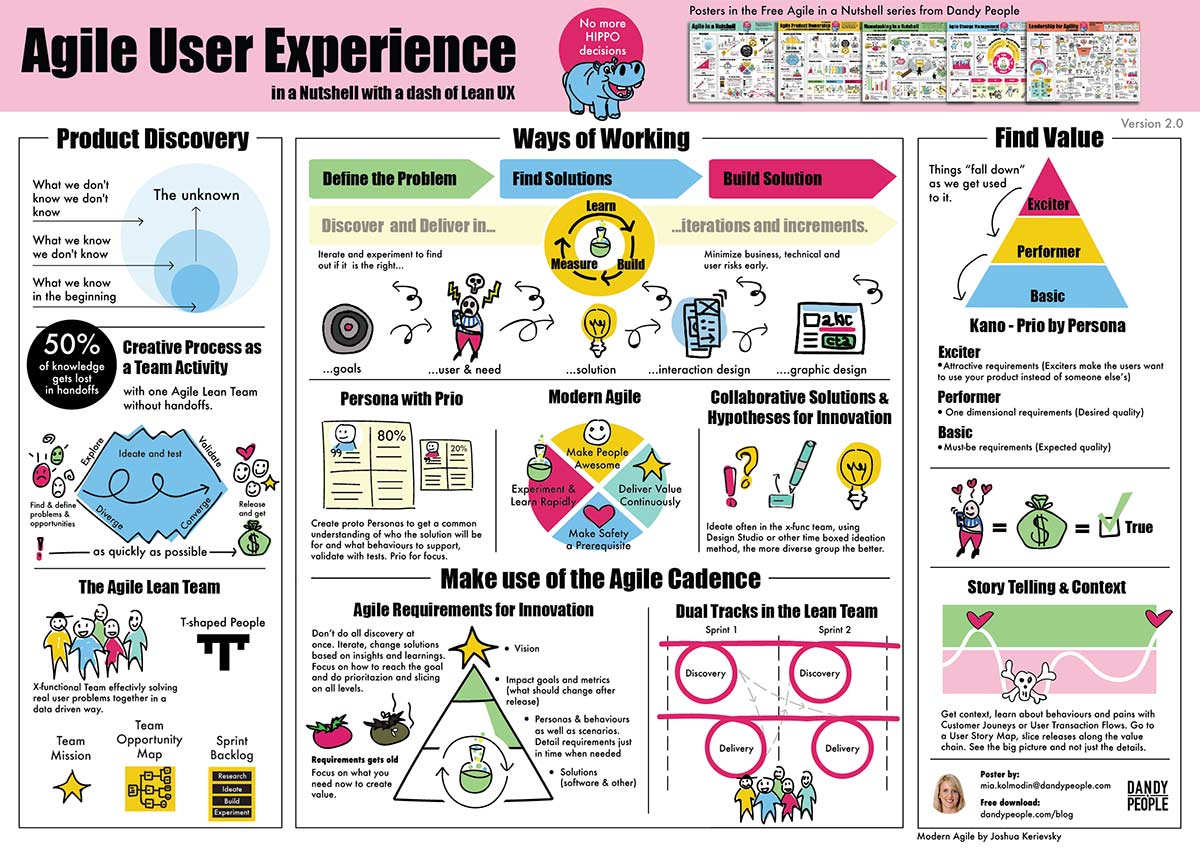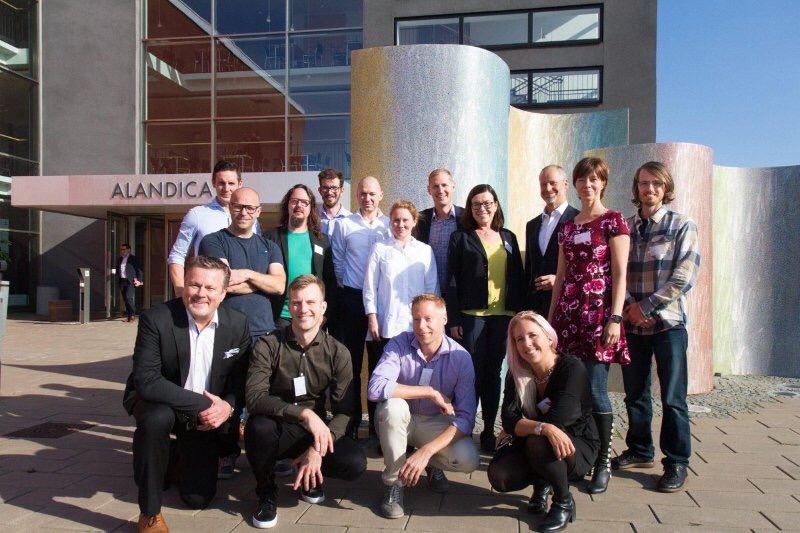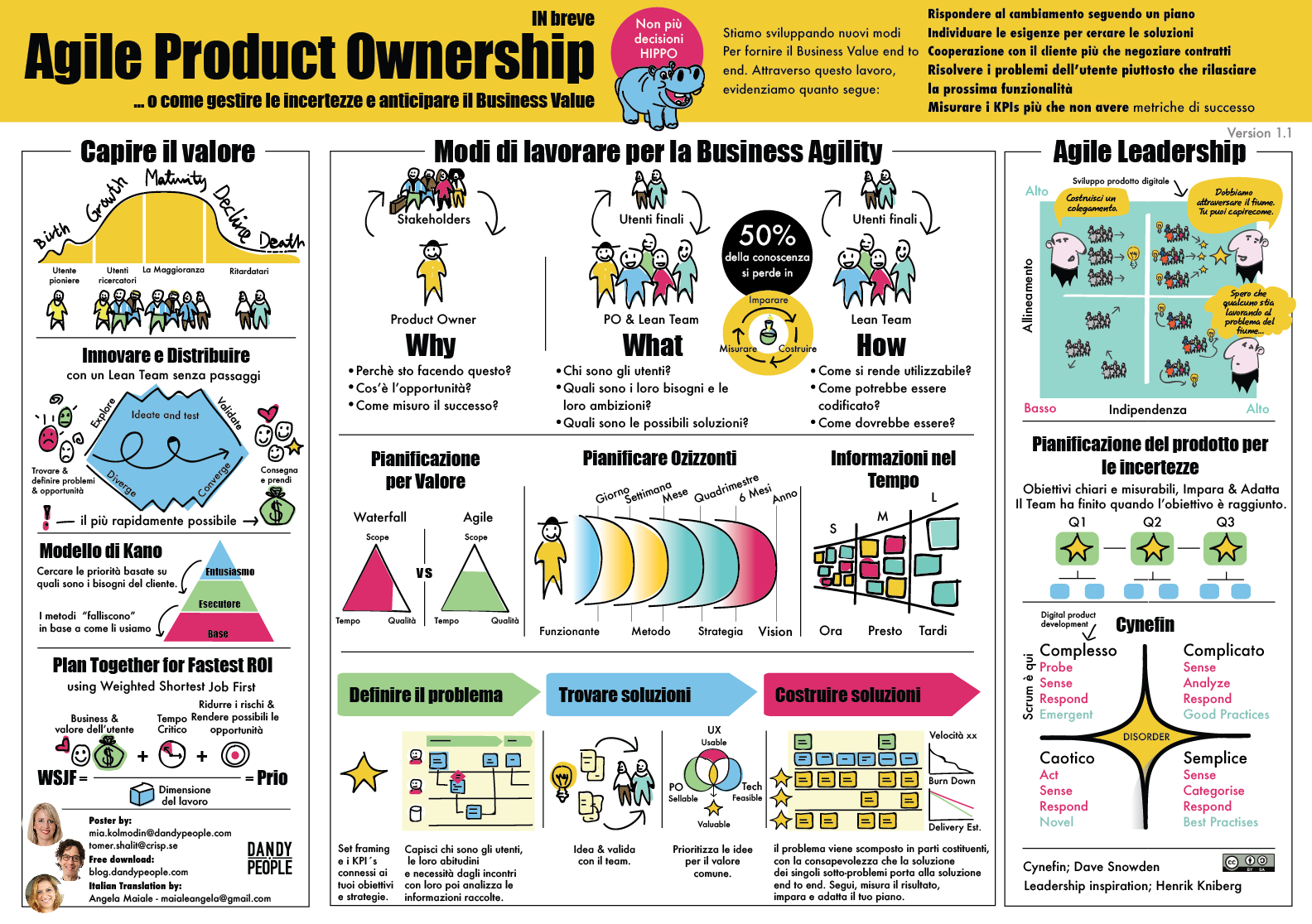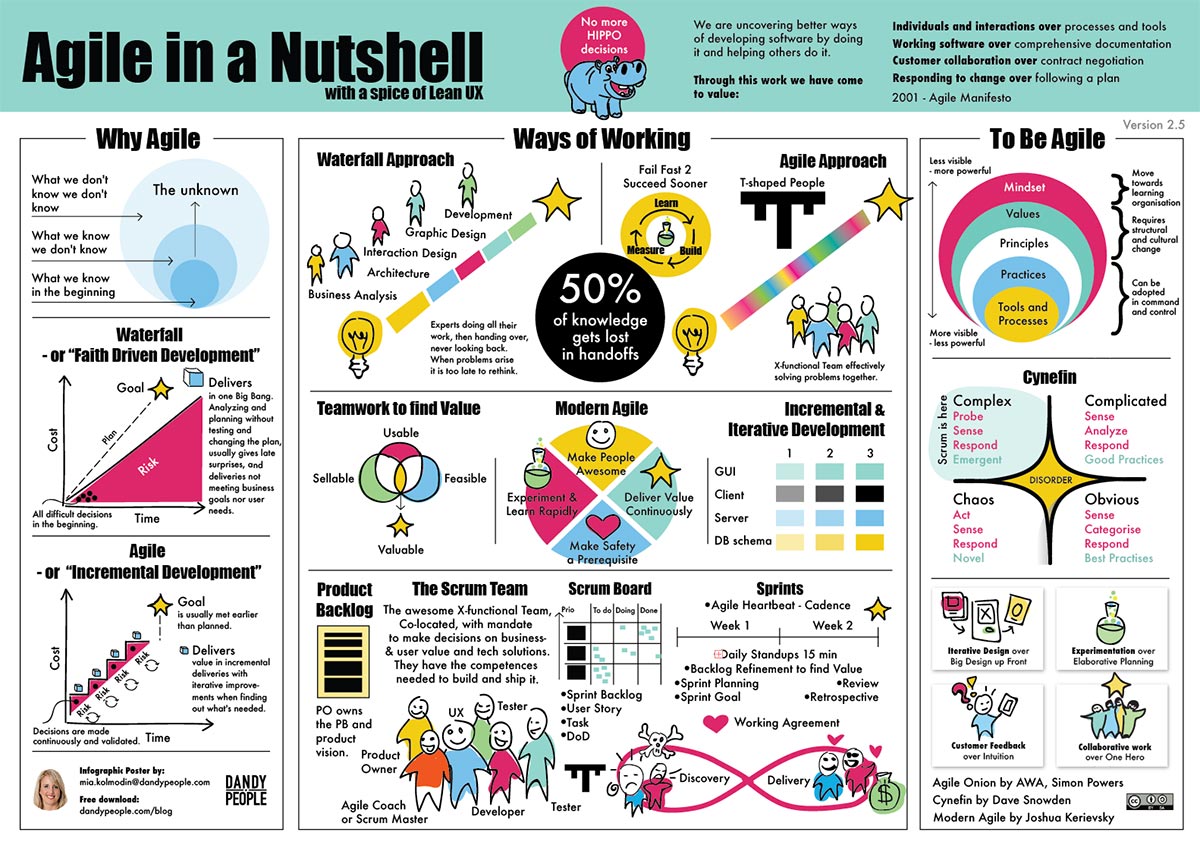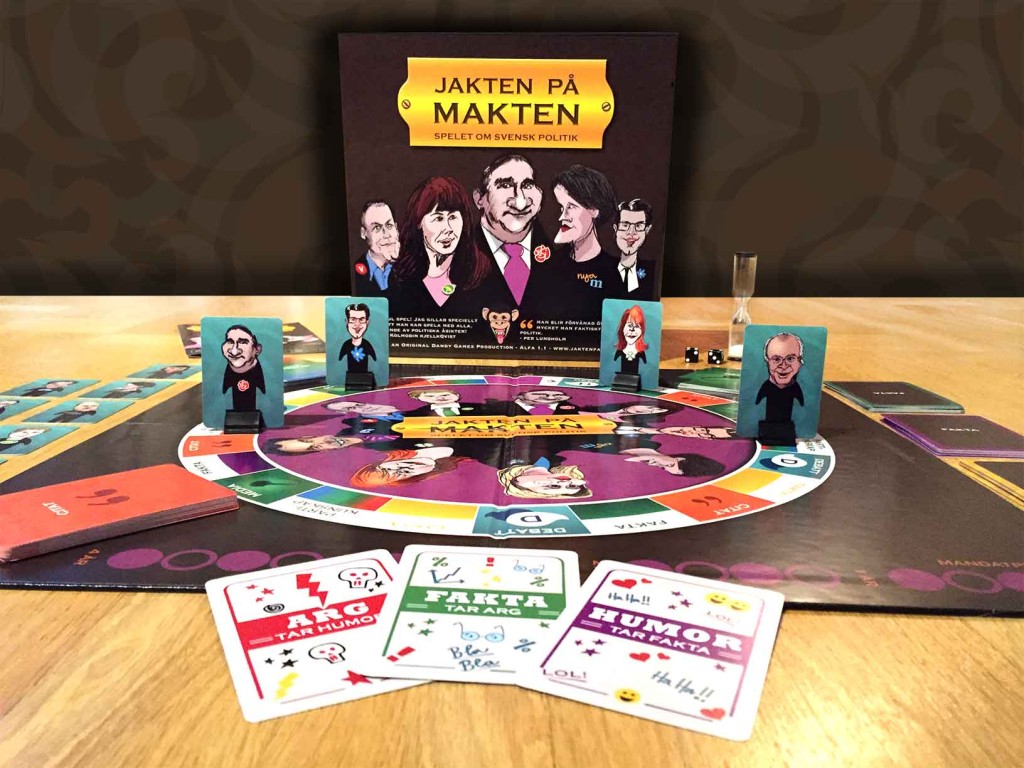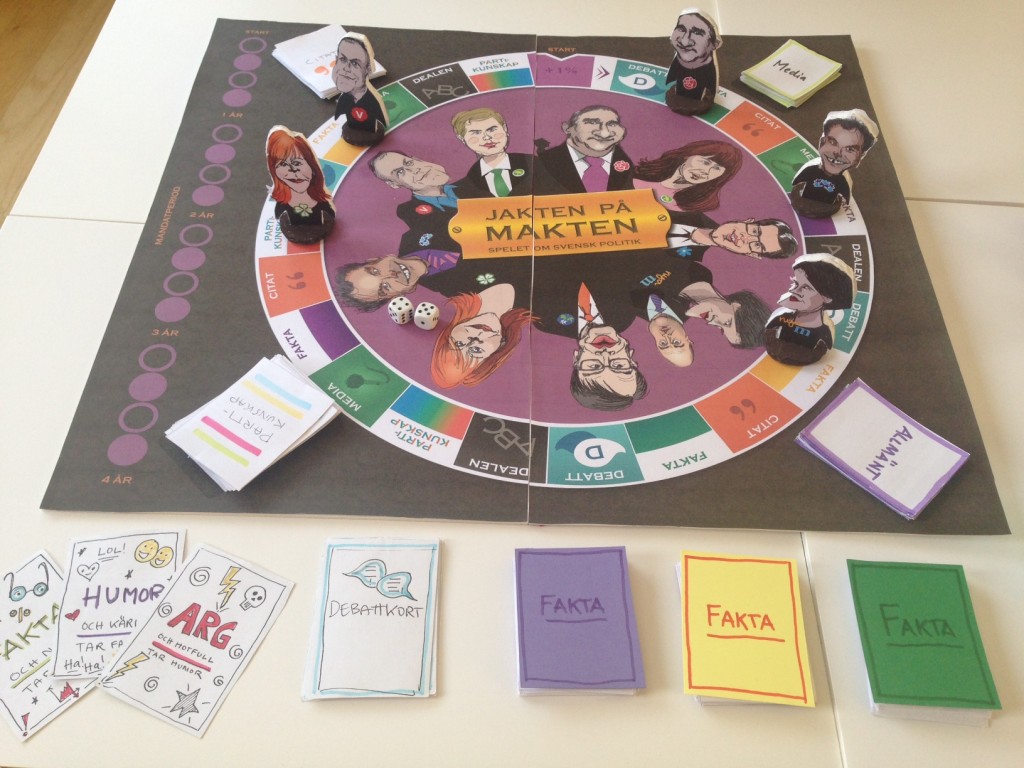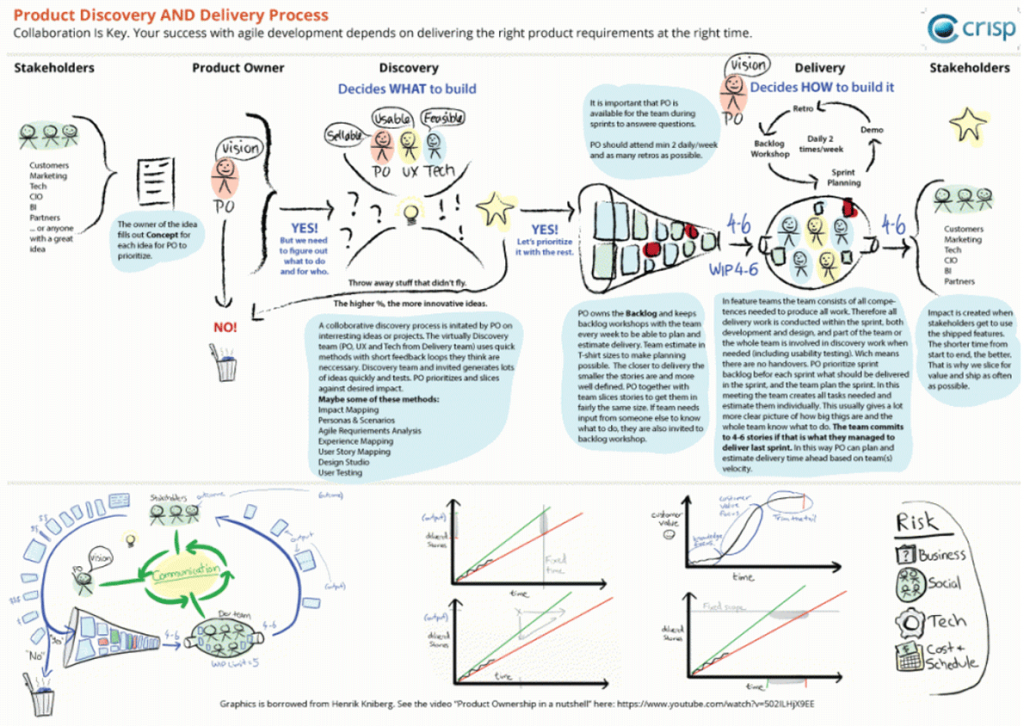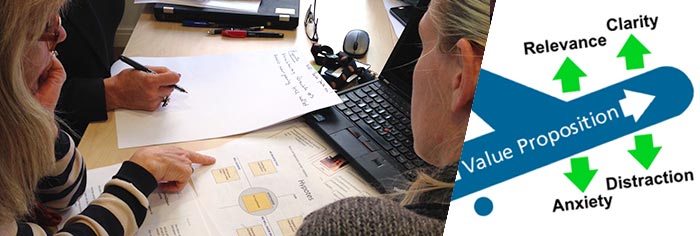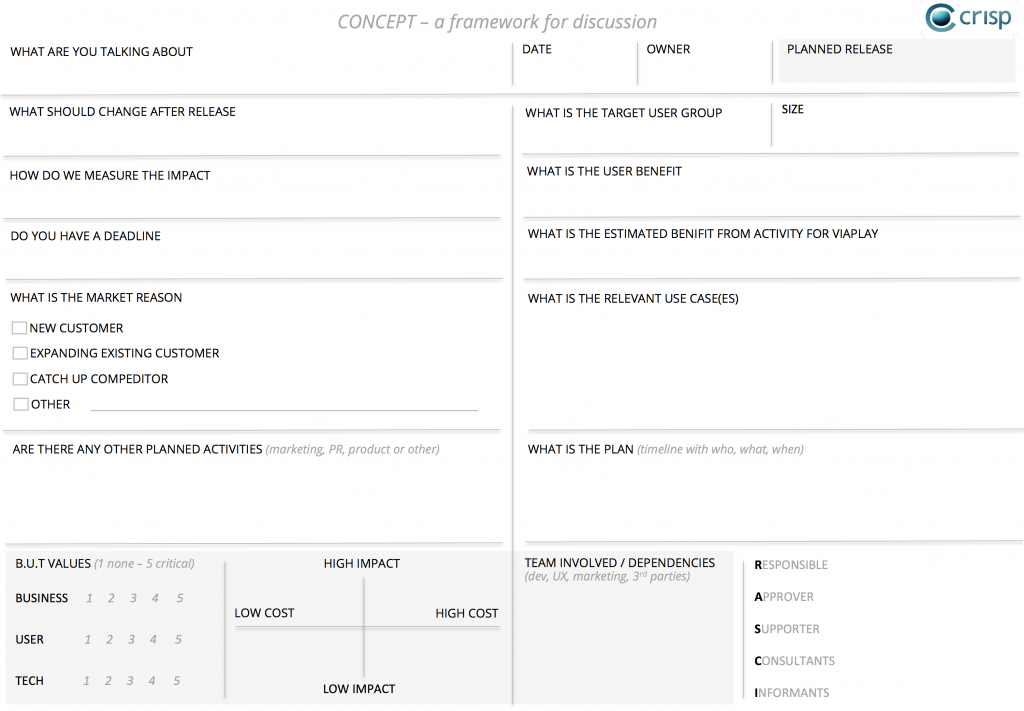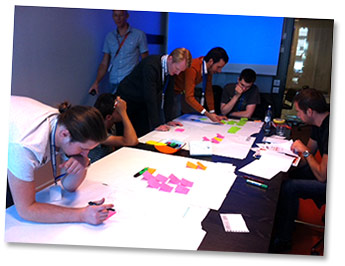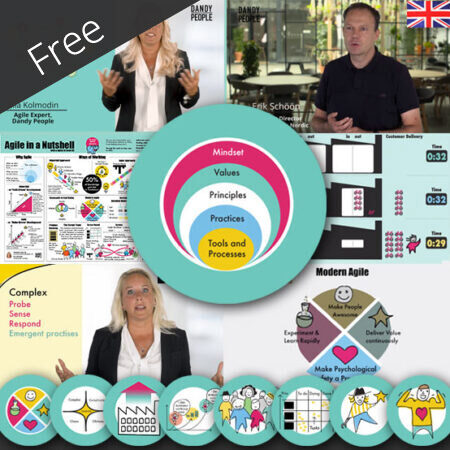The User Story Map is a simple and yet powerful way to visualize the story about how the users are using your product or service – and to build the right thing.
It is simple because it offers support to move quickly from understanding the user and their problems – to building and shipping the product, and it can be done just with sticky notes on a wall, or in simple digital tools.
It is powerful because it tells a story, it gives context to the user story and it gives a clear overview of the backlog and what we need to build to be able to support the user scenarios over all relevant touchpoints. It also supports collaboration and both horizontal and vertical slicing.
I am forever thankful to Jeff Patton who is the creator of User Story Mapping and from who I learned it from about 13 years ago or so. Without it I don’t know where I would have been today. It has been one of the most valuable methods for me to enable deliveries of great user experiences although in very complex domains, real deadlines (like sports events that happens when it happens) with one or up to +20 teams 🙏

It is a living, transparent, and value-based backlog that support the Product Owners and teams to find thin slices to release that create real value based on user scenarios, and not features. If you are looking to become a value and product-driven organization, this tool offers a lot of support.
It might not come as a shock to you that the User Story Map is the most common tool used for Agile product planning with one or several teams. Jeff Patton invented it and brought it in as a major part of the CSPO (Certified Product Owner) training when he first created that many years ago for Scrum Alliance. Jeff Patton, with a background in UX and design, has been a great force in Agilizing customer-centric ways of working and finding ways to connect it in a natural way to Scrum and product teams.
User Story Map Concepts
A user story map tells a story about a type of person doing something to reach a goal. Make sure to include them in your map along with a little information about them. Try using lightweight personas or roles to describe your users.



